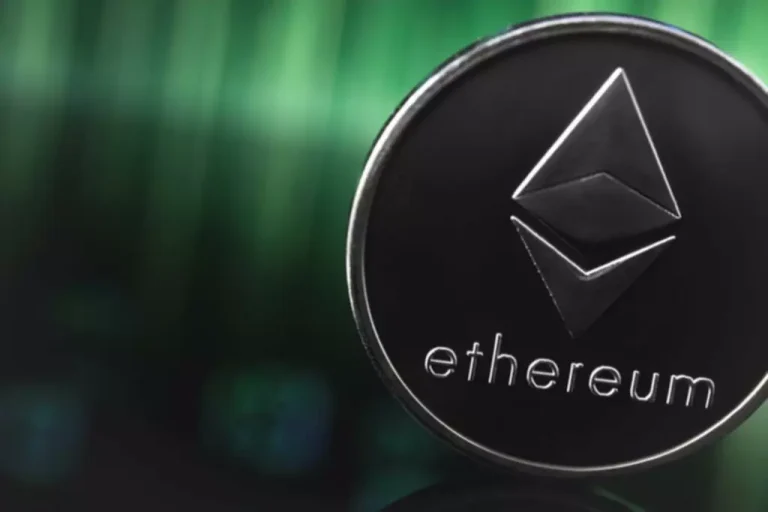In this article, we’re going to dive deep into several sorts of Ethereum layer 2 protocols created as scaling options. Additionally, we’ll explore why Ethereum wants layer 2 options, and the way these scaling solutions work. Whereas it can’t be identified which Layer-2 solutions will stand the check of time, it’s all however sure that the scalability of blockchains will proceed to evolve and grow. Layer-2 solutions have gotten more and more well-liked as the necessity for scalability grows. With the rise of dApps and NFTs, it is clear that Ethereum and different Layer-1 blockchains cannot keep up with the demand. Loopring is a Layer-2 solution that uses zk rollup to process Ethereum transactions off-chain.
Emerging Solutions
When we talk about https://www.xcritical.com/ advanced layer-2 scaling options, we must talk about rollups. For starters, rollups batch transactions into one transaction, rising transaction volume. However, the idea of rollups is additional segregated into zk and Optimistic rollups.

One of the putting highlights of Optimism immediately points out its collaboration with Synthetix. The platform has just lately introduced that it’ll enable users with SNX tokens to place their stakes in Optimism layer 2 options. Moreover, Optimism has also engaged in partnerships with Rubicon and Etherscan. The most putting spotlight of Parastate refers to EWASM, which is basically a WebAssembly variant of EVM.

All The Time do your own research and determine when you’re comfortable with any risks involved. Optimistic rollups use fault proofs the place transactions are assumed to be legitimate, but may be challenged if an invalid transaction is suspected. If an invalid transaction is suspected, a fault proof is ran to see if this has taken place. Arbitrum positions itself as the ideal scaling answer for DeFi apps, with the ability to make use of Arbitrum rollup to scale any Ethereum contract. By settling transactions off-chain as layer 2 answer, fees are greatly lowered, allowing for immediate micropayments.
The phrase is an umbrella term that refers to a group of options that finally improve the person expertise when interacting with the Ethereum blockchain. The Ethereum blockchain is the second-largest in the industry, internet hosting the overwhelming majority of decentralized finance (DeFi) platforms in existence. Decentralized purposes (dApps) built on the Ethereum main chain are often known as “layer 1” or “L1” purposes because the good contracts work together instantly with the native chain. Even although the Bitcoin Lightning Network is amongst the extra popular cost channels, based on the concept of State Channels, it nonetheless deserves a separate point out. As Quickly As a lightning community channel is opened, users can transact a quantity of instances, with each transaction broadcasted instantly to the Bitcoin network.
Plus, ZK-rollups write transactions onto the principle Ethereum chain as calldata, which reduces gasoline fees. Furthermore, validity proofs are computationally intensive, that means that they will not be your greatest option for functions that create little on-chain exercise. This signifies that ZK-rollups don’t require all transaction data to validate blocks, thus, making the method quicker and cheaper. ZK-rollups run computations off-chain before submitting a validity proof to the Ethereum blockchain. As A Result Of transactions are posted on layer 1, ZK-rollups inherit the security of the main Ethereum chain. Moreover, ZK-rollups allow for near-instant asset transfers from layer 2 to layer 1 as funds are verified by a validity proof.
Disadvantages Of Optimistic Rollups
The Ethereum neighborhood has taken a powerful stance that it would not throw out decentralization or safety so as to scale. Till sharding, Ethereum Mainnet (layer 1) will solely be in a position to course of roughly 15 transactions per second. When demand to use Ethereum is high this causes network congestion, rising transaction charges, and pricing out those that cannot afford it from using Ethereum until the charges cut back.
Layer 2 protocols provide a second framework the place transactions can happen separately from layer 1. This signifies that a good amount of the work that may be performed by the main chain could be moved to the second layer. Layer 2 purposes then submit the data of transactions to layer 1 the place it’s secured within the blockchain ledger and historical past. Layer 1s and layer 2s are essential as a result of they work together in course of the objective of constructing the network faster and more person pleasant.
It’s already live on the Ethereum mainnet and helps payments, token swaps and non-fungible token (NFT) minting. Using this technique permits the throughput of Bitcoin transactions to increase from around 7 per second to roughly 1 million per second. Say you go to the same Proof of space supermarket every day, and need to pay your groceries in Bitcoin. From there you also can make prompt funds to the supermarket as you would with a debit card. Then, if you close the channel, the supermarket’s system would process all your transactions collectively. Basically, that’s precisely how blockchains work, and the way they can turn into gradual and congested.
- Starknet boasts an unlimited ecosystem with lots of of functions, together with integrations with three main Liquidity Staking Tokens (LSTs).
- Base is built on Optimism’s Superchain, leveraging the OP Stack—a horizontally scalable network of interconnected chains.
- This trade-off has been debated for a quantity of years and has knowledgeable Ethereum’s transition from a Proof-of-Work (PoW) consensus algorithm to Proof-of-Stake (PoS).
- In quick, the layer 2 community can execute transactions cheaper and quicker, but they also have a connection to the parent chain.
Forked initially from Optimism, Boba is an Optimistic rollup that goals to scale back fees, improve transaction throughput and strengthen the capacity of good contracts. As seen through initiatives like XDai and Polygon PoS, a sidechain is an unbiased, EVM-compatible blockchain that runs parallel and interacts with the mainnet through bridges. As they use a separate consensus mechanism and aren’t Gas Fees in Crypto secured by layer 1, they don’t seem to be technically considered layer 2.
This is particularly helpful when the variety of participants is thought in advance, when many state updates are required, and when individuals are available at all times. Any purposes that make the most of state channels can course of quite lots of computation off-chain, making complicated transactions quicker, and cheaper. This is as a outcome of computations that occur off-chain do not incur the identical fuel charges as on-chain computations. Rather, a single transaction fee is paid when the ultimate state is submitted as a list of transactions, closing the channel. Ethereum blockchain also makes room for state channels through the Raiden Network, Sidechains, the Polygon PoS network, and different solutions to scale across different capacities. It is worth noting that a number of parts of the Ethereum ecosystem are also layer-2 compatible.


